After four years of shooting with my Hasselblad 500C/M, I wanted to try a SWC, the Super Wide Hasselblad used by photographers like Lee Friedlander.
The first difference I noticed comparing the 500C/M and the SWC/M was that the latter makes almost NO sound when the shutter button is pressed. On the other hand, the 500C/M emits a very audible “THWAPPP!” In fact, the SWC/M is so silent, at first I didn’t think it was working. One very close-up selfie resulted when I turned the camera around to check. The SWC/M is solely a distance-focusing camera, so with no mirror to slap, there’s just the faintest “click” at the moment of exposure.
And with no focusing screen or mirror — hence no need for a modular camera body — the SWC/M feels much smaller. It’s basically a Hasselblad A12 film back and a f4.5 38mm Carl Zeiss lens. Because of its size, I imagined that the SWC would become my “everyday” camera, and that I’d take it with me everywhere. That hasn’t exactly happened.
It is not pocketable, like my Olympus 35RC or Leica iiic, and even though the SWC can work as a “point & shoot,” the winding mechanism makes rapid on-the-go photos challenging. Although smaller than the 500C/M, it still weighs more than my Nikon F2, which has a well-earned reputation for “heft.”
The SWC/M excels in the same situations as my 500C/M where there is time to carefully compose. It fits easily into a small camera bag, like my Domke F-6. I also hang it from a neck strap when I’m out walking. As a result, many present and former Hasselblad owners have stopped me to talk about the camera.
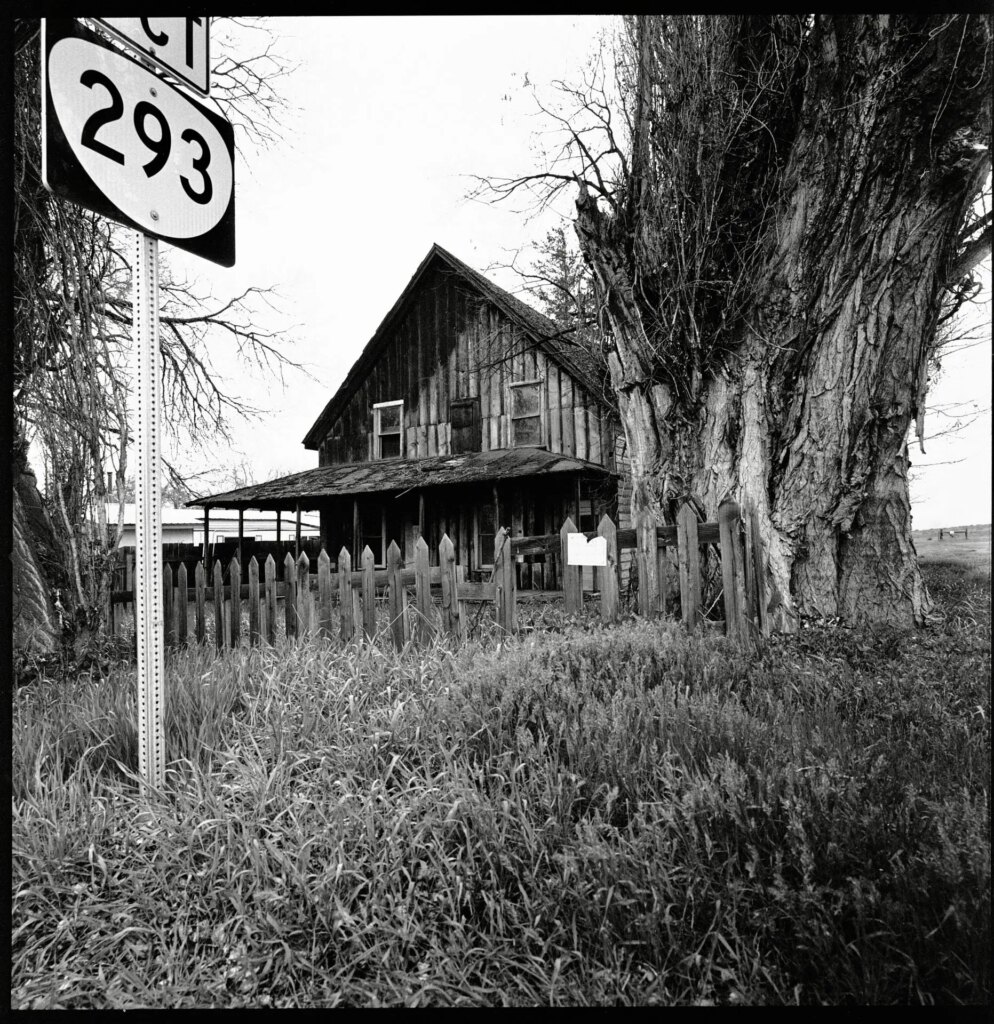
Antelope came to the attention of the world in the early 1980s when the Bhagwan Rajneesh and his followers descended on the town and surrounding area. (Check out “Wild Wild Country” on Netflix.) The Rajneeshees are long gone and the Bhagwan is dead, but many of the fantastic old buildings survived. It was raining the day we passed through, so I kept hopping in & out of the car, grabbing photos while my wife, Darby, drove slowly through town.
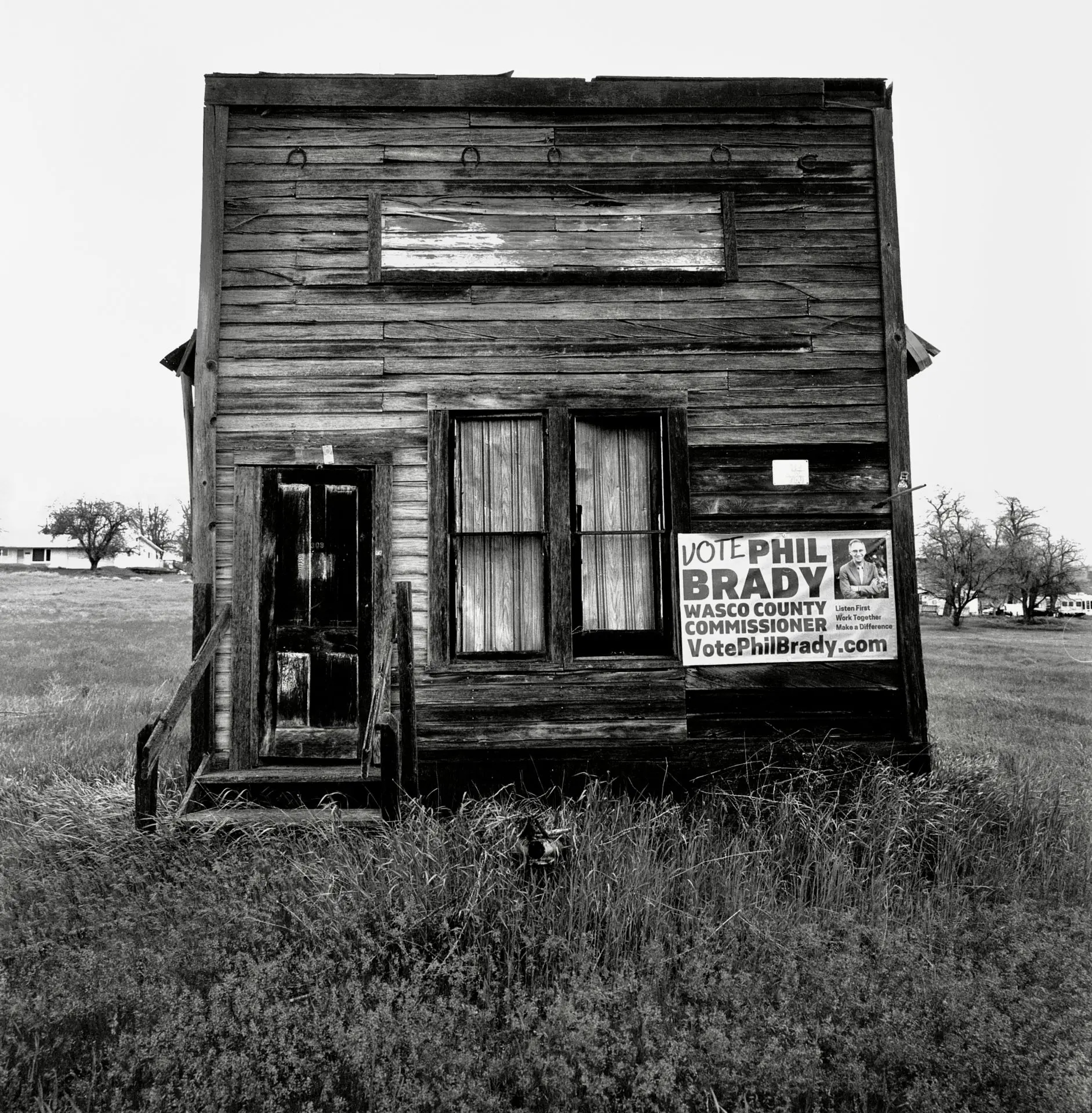
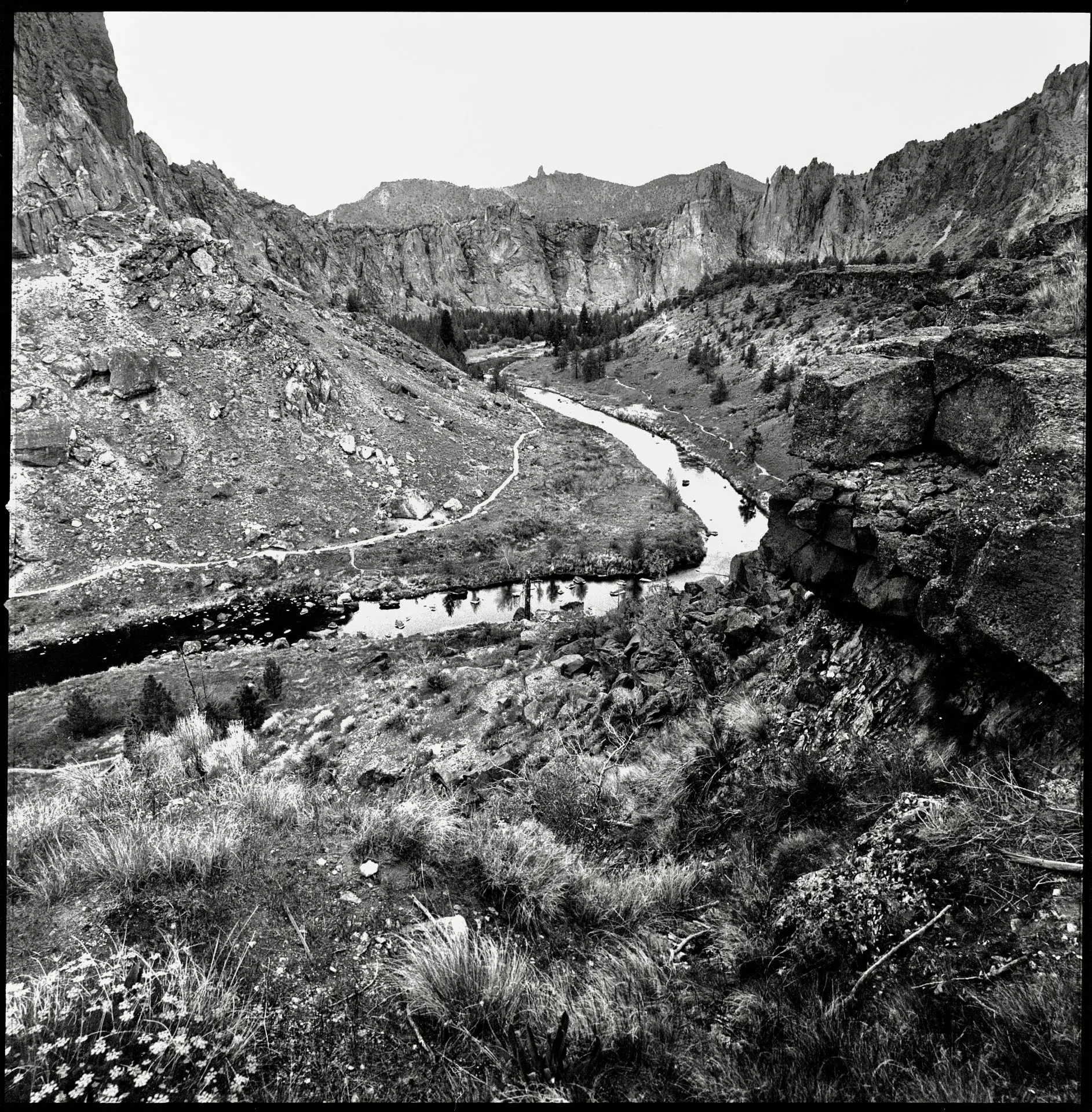
Like many natural places, Smith Rock was hard to capture, but this photo illustrates the WIDE in the camera’s name.
The 38mm lens being so close to the surface of the film makes it possible.
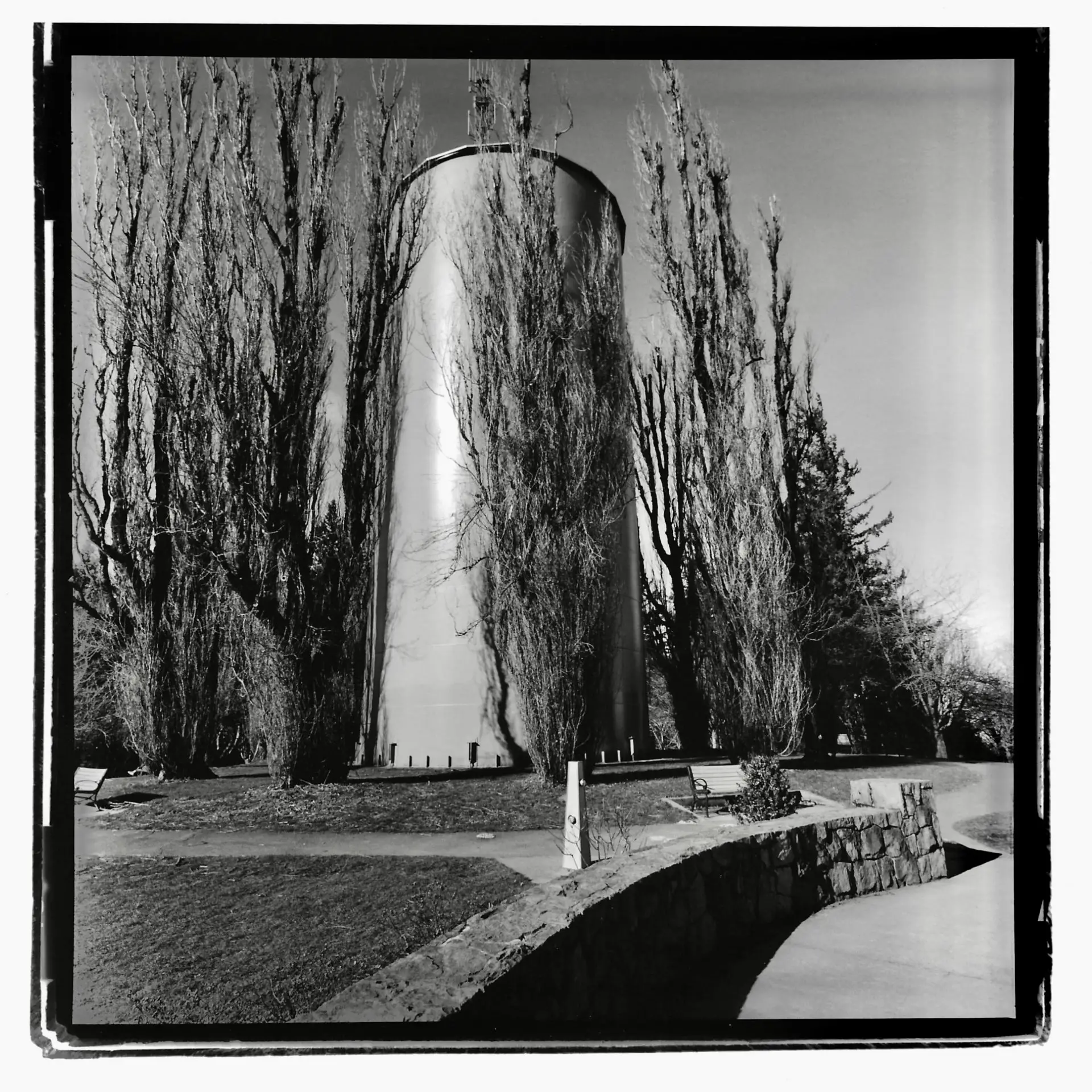
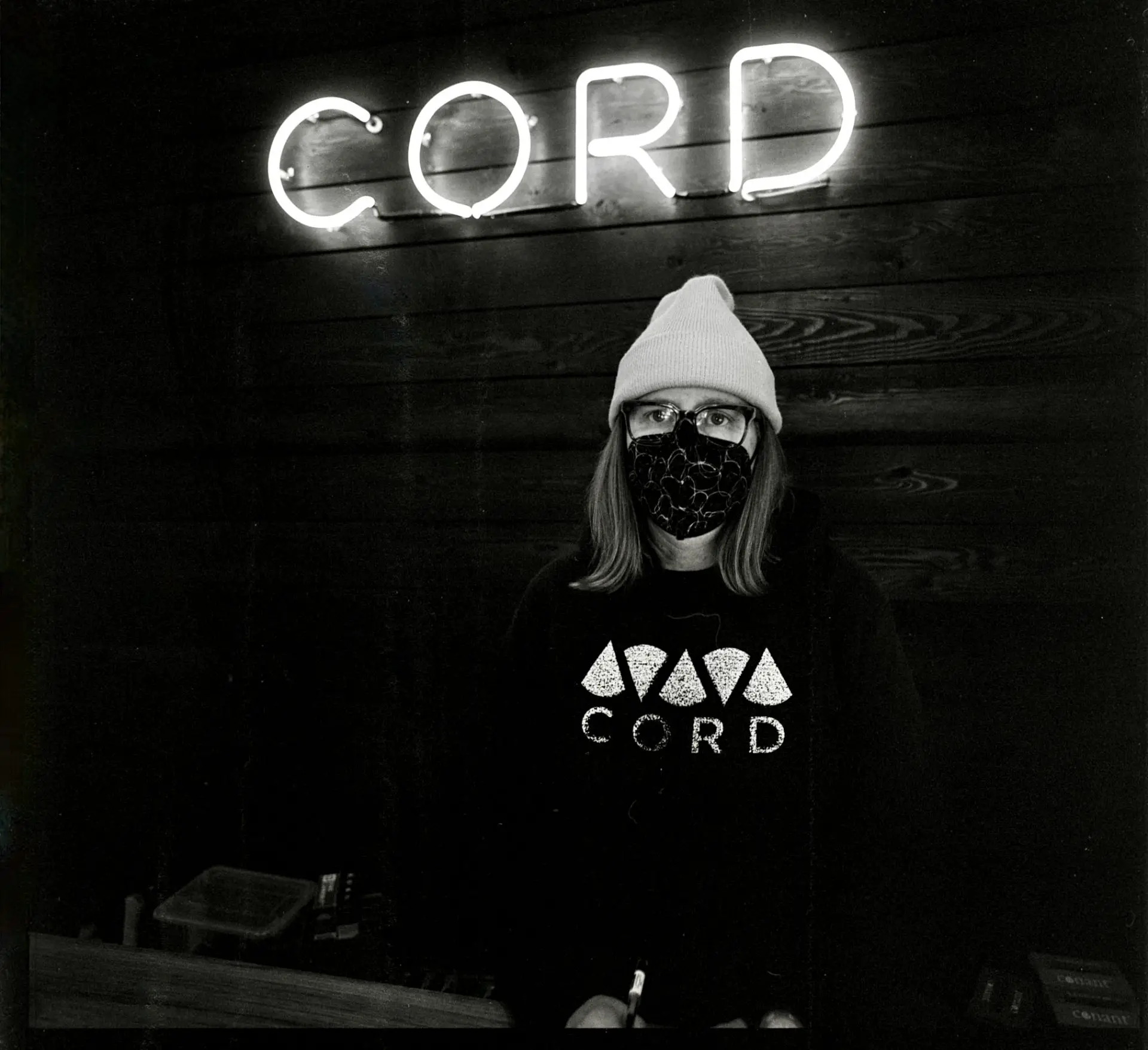
While the SWC/M hasn’t turned out to be my “everyday carry,” it has allowed me to take photos that I wouldn’t have made with any other camera.
Two things I’ve learned about using it in the first year: Buy a SWC-specific hood to avoid lens flare, and when you think you are close enough, take another step or two forward. It won’t hurt.
Something that works for me with all Hasselblad 500-series cameras: Once your film is loaded, remove the dark slide, and cover the slot with a piece of black tape. That way, you don’ t have to keep pulling the slide out –and replacing it– after every shot. At the end of the roll, remove that tape, and re-insert the slide to unload your film. Just don’t lose it in the meantime.
All of the photographs here were made with a 1982 Hasselblad SWC/M, Kodak Tri-X film, developed in my basement using Ilford chemicals, and scanned with an Epson flatbed.
The prints were completed in the darkroom at Portland Community College, with help from my instructor, Mike Riches, who has been teaching film photography at the school for over 30 years.
More of my SWC photos here.
My full Flickr account.
Share this post:
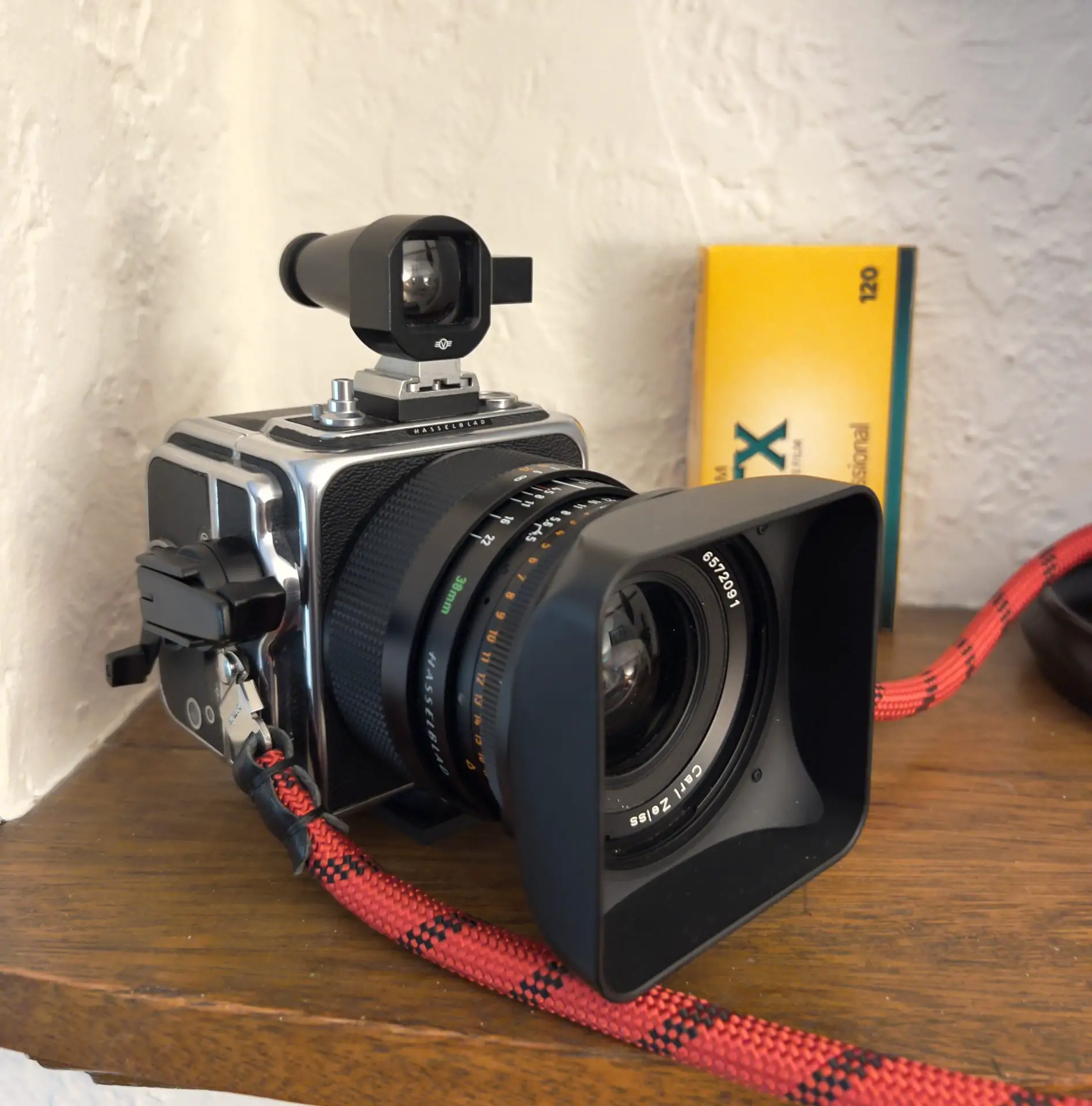








Comments
thorsten on 5 Frames/A Year With My Hasselblad SWC/M – By John A. Bennett
Comment posted: 05/07/2022
;))
Comment posted: 05/07/2022
sonny rosenberg on 5 Frames/A Year With My Hasselblad SWC/M – By John A. Bennett
Comment posted: 05/07/2022
Christian Schroeder on 5 Frames/A Year With My Hasselblad SWC/M – By John A. Bennett
Comment posted: 05/07/2022
My favorite shot is the first one, well composed with the road sign and trees framing the house!
Comment posted: 05/07/2022
Shawn Granton on 5 Frames/A Year With My Hasselblad SWC/M – By John A. Bennett
Comment posted: 05/07/2022
Oh yeah, from Wikipedia:
"Council Crest Park at 1,073 feet (327 m) is often quoted as the highest point in Portland; however, the highest point in Portland is on a section of NW Skyline Blvd just north of Willamette Stone Heritage site."
Comment posted: 05/07/2022
Arthur Gottschalk on 5 Frames/A Year With My Hasselblad SWC/M – By John A. Bennett
Comment posted: 05/07/2022
Comment posted: 05/07/2022
Nick on 5 Frames/A Year With My Hasselblad SWC/M – By John A. Bennett
Comment posted: 06/07/2022
The SWC is certainly a peculiar beast. One of the few genuinely unique cameras out there and also one of the longest running model lines that I'm aware of (1954 - 2009 with minimal changes!).
It's massively compromised in order to allow for the Biogon (literally a camera built around a lens), but oh what a lens! One of the all time classic bits of glass, of any focal length on any format.
Interesting comment regarding the need for a lens hood. I don't use a hood on my SWC/M (C T*) and have always been pleasantly surprised at how resistant it is to flare.
Comment posted: 06/07/2022
Anindya K Maity on 5 Frames/A Year With My Hasselblad SWC/M – By John A. Bennett
Comment posted: 08/07/2022
Comment posted: 08/07/2022
Jeroen van Weert on 5 Frames/A Year With My Hasselblad SWC/M – By John A. Bennett
Comment posted: 13/07/2022
Comment posted: 13/07/2022